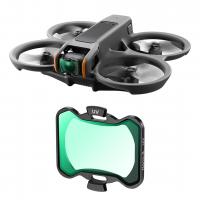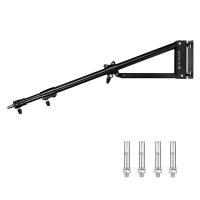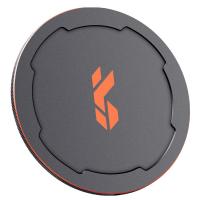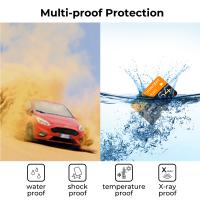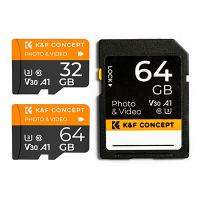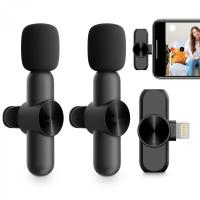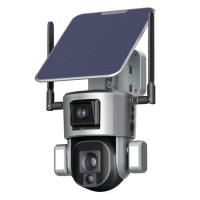How To Download Apps On An Sd Card?
In today's digital age, smartphones and tablets have become indispensable tools for communication, entertainment, and productivity. However, one common issue that many users face is the limited internal storage capacity of their devices. This can be particularly frustrating when you want to download new apps but find that your device's internal memory is already full. Fortunately, many devices allow you to expand your storage capacity by using an SD card. In this article, we will explore how to download apps directly onto an SD card, providing a comprehensive guide to help you manage your device's storage more effectively.
Understanding the Basics

Before diving into the steps, it's essential to understand a few key points:
1. Device Compatibility: Not all devices support SD cards, and even among those that do, not all allow apps to be installed directly onto the SD card. Check your device's specifications to ensure it supports this feature.
2. SD Card Quality: The performance of your apps can be affected by the quality of your SD card. It's advisable to use a high-speed SD card (Class 10 or UHS-I) to ensure smooth operation.
3. Android Version: The ability to move apps to an SD card is more commonly found in Android devices. The steps may vary slightly depending on the version of Android your device is running.
Step-by-Step Guide to Download Apps on an SD Card

Step 1: Insert the SD Card

First, you need to insert the SD card into your device. Most smartphones and tablets have a dedicated slot for SD cards, usually located next to the SIM card slot. Once inserted, your device should recognize the SD card automatically.
Step 2: Set the SD Card as the Default Storage

To download apps directly onto the SD card, you need to set it as the default storage location. Here’s how you can do it:
1. Go to Settings: Open the Settings app on your device.
2. Storage: Navigate to the Storage section.
3. Change Default Storage: Look for an option that allows you to change the default storage location. This option might be labeled as "Storage Settings" or "Default Storage Location."
4. Select SD Card: Choose the SD card as the default storage location.
Step 3: Move Existing Apps to the SD Card
If you already have apps installed on your device's internal storage, you can move them to the SD card to free up space. Follow these steps:
1. Go to Settings: Open the Settings app.
2. Apps: Navigate to the Apps or Application Manager section.
3. Select App: Choose the app you want to move.
4. Move to SD Card: Tap on the "Move to SD Card" button. This option might be under the "Storage" section within the app settings.
Step 4: Download New Apps to the SD Card
Once you have set the SD card as the default storage location, any new apps you download should automatically be installed on the SD card. Simply go to the Google Play Store, find the app you want to download, and install it as you normally would.
Troubleshooting Common Issues
Despite following the steps above, you might encounter some issues. Here are some common problems and their solutions:
Issue 1: SD Card Not Recognized
If your device does not recognize the SD card, try the following:
1. Reinsert the SD Card: Remove and reinsert the SD card to ensure it is properly seated.
2. Format the SD Card: Sometimes, formatting the SD card can resolve recognition issues. Go to Settings > Storage > SD Card > Format.
Issue 2: Apps Not Moving to SD Card
If you cannot move apps to the SD card, it might be due to the following reasons:
1. App Restrictions: Some apps do not support being moved to an SD card. This is often the case with system apps and pre-installed apps.
2. Android Version: Older versions of Android may not support moving apps to an SD card. Ensure your device is running a compatible version of Android.
Issue 3: Performance Issues
If you experience performance issues with apps installed on the SD card, consider the following:
1. SD Card Quality: Ensure you are using a high-quality, high-speed SD card.
2. Internal Storage: Some apps perform better when installed on internal storage. If performance is a critical issue, consider moving essential apps back to internal storage.
Additional Tips for Managing Storage
Managing storage effectively can enhance your device's performance and user experience. Here are some additional tips:
1. Regularly Clear Cache: Cached data can take up significant space over time. Regularly clear the cache to free up space.
2. Uninstall Unused Apps: Periodically review your installed apps and uninstall those you no longer use.
3. Use Cloud Storage: For photos, videos, and other large files, consider using cloud storage services like Google Drive or Dropbox to free up local storage.
Downloading apps directly onto an SD card can be a lifesaver for those struggling with limited internal storage. By following the steps outlined in this guide, you can effectively manage your device's storage and ensure you have enough space for all your essential apps. Remember to use a high-quality SD card and regularly manage your storage to maintain optimal device performance. With these tips, you can make the most of your device's capabilities without constantly worrying about running out of space.


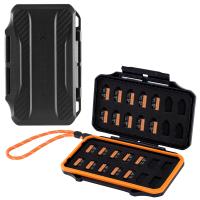


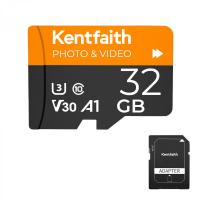
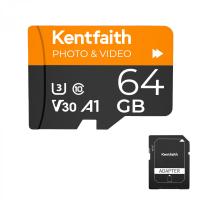

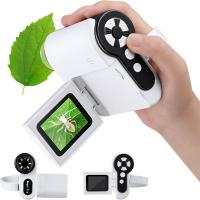
![4K digital camera for photography and video [autofocus and stabilisation] 48 MP video blog camera with SD card, 3 4K digital camera for photography and video [autofocus and stabilisation] 48 MP video blog camera with SD card, 3](https://img.kentfaith.com/cache/catalog/products/us/GW41.0065/GW41.0065-1-200x200.jpg)


